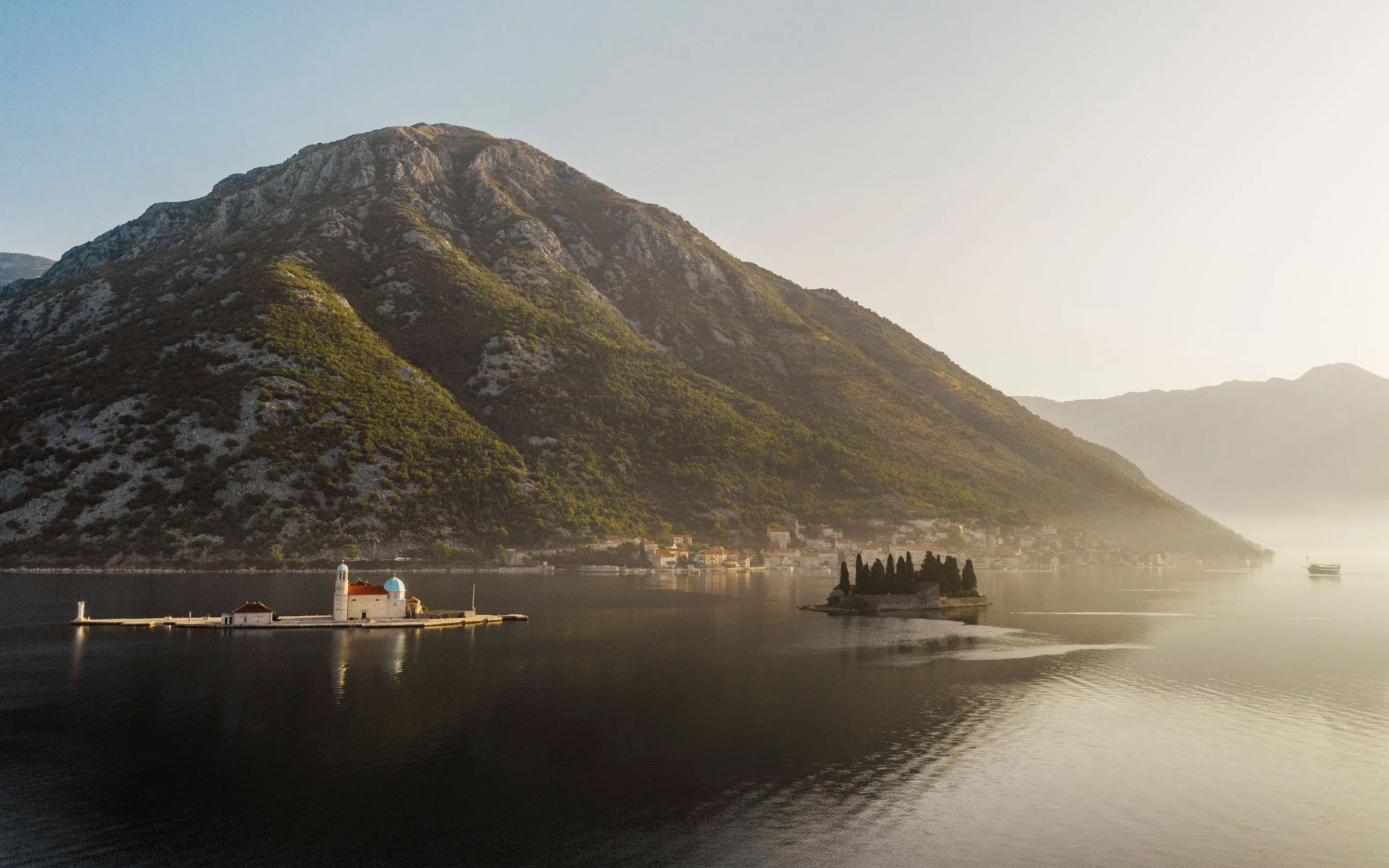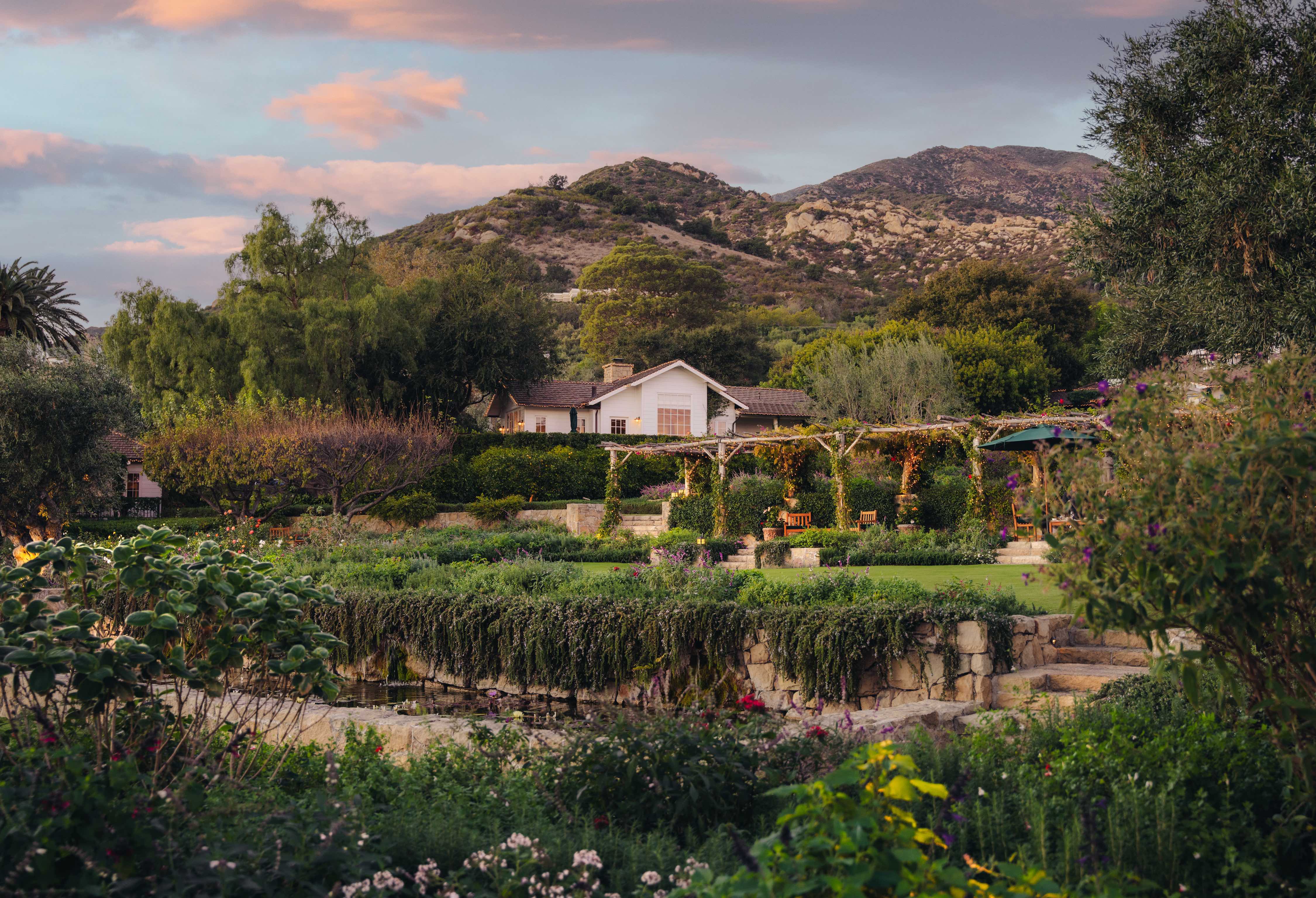Luxury travel has entered its age of oversaturation. Once-rare enclaves now exist in a near-constant state of exposure—filtered, tagged, and reposted until their allure begins to dull. What was once discreet has become performative. And so, the truly discerning traveler begins to look elsewhere—not for extravagance, but for atmosphere; not for hype, but for hush.

Enter Montenegro. A destination that, until recently, seemed content to remain just beyond the frame. While the Côte d’Azur, Ibiza, and Mykonos have long battled the deluge of digital voyeurism, this small Adriatic nation has emerged—quietly but confidently—as a kind of antidote.

It offers not anonymity, but a cultivated form of privacy, where Montenegro’s unspoiled landscapes provide a quiet retreat, allowing guests to immerse in luxury without intrusion. It’s not about spectacle, but substance, with experiences grounded in authenticity and heritage. There’s a restraint to its luxury, an elegance that doesn’t flaunt, but instead lets Montenegro’s natural beauty and rich culture speak for itself.

It wasn’t always this way. For years, Montenegro was more suggestion than certainty—a murmur among the yachting crowd, a scenic detour en route to better-known ports. But over the last decade, the country has redefined its narrative, transforming from a post-socialist outlier into one of Europe’s most intriguing new sanctuaries for those who don’t need to be told where to go next. Nowhere is that shift more evident than in Luštica Bay and its centerpiece, the Chedi.
Montenegro

Its name—Crna Gora, or Black Mountain—draws from the dark limestone peaks that plunge into the Adriatic like a sleeping colossus, their edges softened only by the sea’s endless negotiation with the land.

Montenegro is quickly becoming a thinking person’s alternative to Saint-Tropez. The yachts are still here, the sea still sparkles, and yes, there are fine restaurants and boutiques with well-curated price tags. But the difference is in the energy. There’s an ease here—a lack of performance. Montenegro doesn’t demand to be seen. It simply is.
A New Riviera

Three marquee marina developments now shape the country’s luxury profile: Porto Montenegro in Tivat, slick with superyacht sheen; Portonovi, just across the bay with its own One&Only and a soft-touch glamour; and the most ambitious of all—Luštica Bay.
Luštica isn’t just a marina. It’s a new city by the sea. A €1.1 billion masterplan set along the rugged Luštica Peninsula, envisioned to unfold organically into a full-fledged coastal town—complete with residential neighborhoods, a school, with a central piazza.
Luštica will be home to Montenegro’s first 18-hole golf course, designed by Gary Player. Perched high above the Adriatic, its fairways trace the land’s natural contours, offering panoramic views that sweep from jagged limestone peaks to the deep cobalt of the coastline below—vistas so arresting they can stall a swing mid-backswing.
The coastal roads eventually open onto Luštica Bay, where a crescent-shaped marina village curves gently around the water where a working lighthouse marks the harbor’s edge. Along the promenade, whitewashed stone buildings rise in tidy, deliberate tiers, built with local materials and traditional forms—stone facades, terra cotta roofs, wooden shutters—to mirror the older coastal settlements of Montenegro.
The Marina and Beyond

This is not a marina built for the masses. It’s sized to feel intimate, with space for superyachts but also room for smaller sailing vessels. The vibe is international, but low-key. At dusk, the boardwalk glows gold with lantern light and the hum of clinking glasses. Locals and long-term residents mix with transient yacht crews and holidaymakers. The boutiques tend toward the niche: curated resortwear, design-forward home goods, and local skincare lines you won’t find online.

Restaurants and cafés stretch along the waterfront, offering a mix of Mediterranean flavors, seafood caught just offshore, and casual local dishes. Terraces spill onto the promenade, shaded by wide umbrellas and framed by the low hum of conversation and the clink of glassware. Boutiques are tucked between the dining spots, selling light summer clothing, handmade jewelry, and simple home goods that reflect the coastal setting.
The village feels carefully considered, designed to encourage a slower pace, where days slip easily from coffee to a long lunch to a quiet evening by the water. It carries an easy confidence—lively enough to feel vibrant, but never crowded or overly polished.







